Bluebell Creeper (Billardiera fusiformis), a Western Australian climbing shrub that has become a catastrophic success story following introduction to southeastern Australia as an ornamental native plant.
The species was reportedly grown at the Sydney Botanic Gardens in 1836, and a Melbourne herbarium record has it grown at the Botanic Gardens here in 1858. Bluebell Creeper began to be reported in Victoria on inventory surveys in the 1970s, particularly in the inner coastal southeast (Frankston, etc). Occasional collections during this period bear records of uncertainty (‘Possibly cultivated?’); from digital sources, the first verifiable collections of naturalised material were made in woodland at Point Nepean in 1987. The species has also naturalized in California and on Madeira, again from ornamental introductions (it was distributed globally in 19th century botanical and commercial networks).
Promoted in newspaper columns as late as the 1980s as ‘a charming and dainty rambler’ and ‘a delightful little plant’, the species has proven to be a disruptive presence in near-coastal environments and in inland woodlands. Its recognition as a serious environmental weed has also been controversial: a 1990s letter-writer to the Canberra Times asked of this ‘inoffensive little fence-climbing native,’ ‘even if propagated by birds, if they are happy in Canberra, what does their origin matter?’
The federation impulse in our vernacular horticulture is respectable, however the reality of this species is unfortunately that it destroys nearly all indigenous understorey vegetation (and associated animal ecologies) in areas into which it is introduced. Like many of the worst woody invasives, the plant forms enduring seed banks activated following fire or mechanical disturbance.
The photographed plants were rampant in scrub along a public track on Mornington outer. Note that there are several indigenous species of Billardiera in southeastern Australia; those can be differentiated by flower form (tubular) and other factors.
View Original Post on Instagram
Search for information about Billardiera fusiformis in the Flora of Victoria
View information and occurrences of Billardiera fusiformis on the Atlas of Living Australia
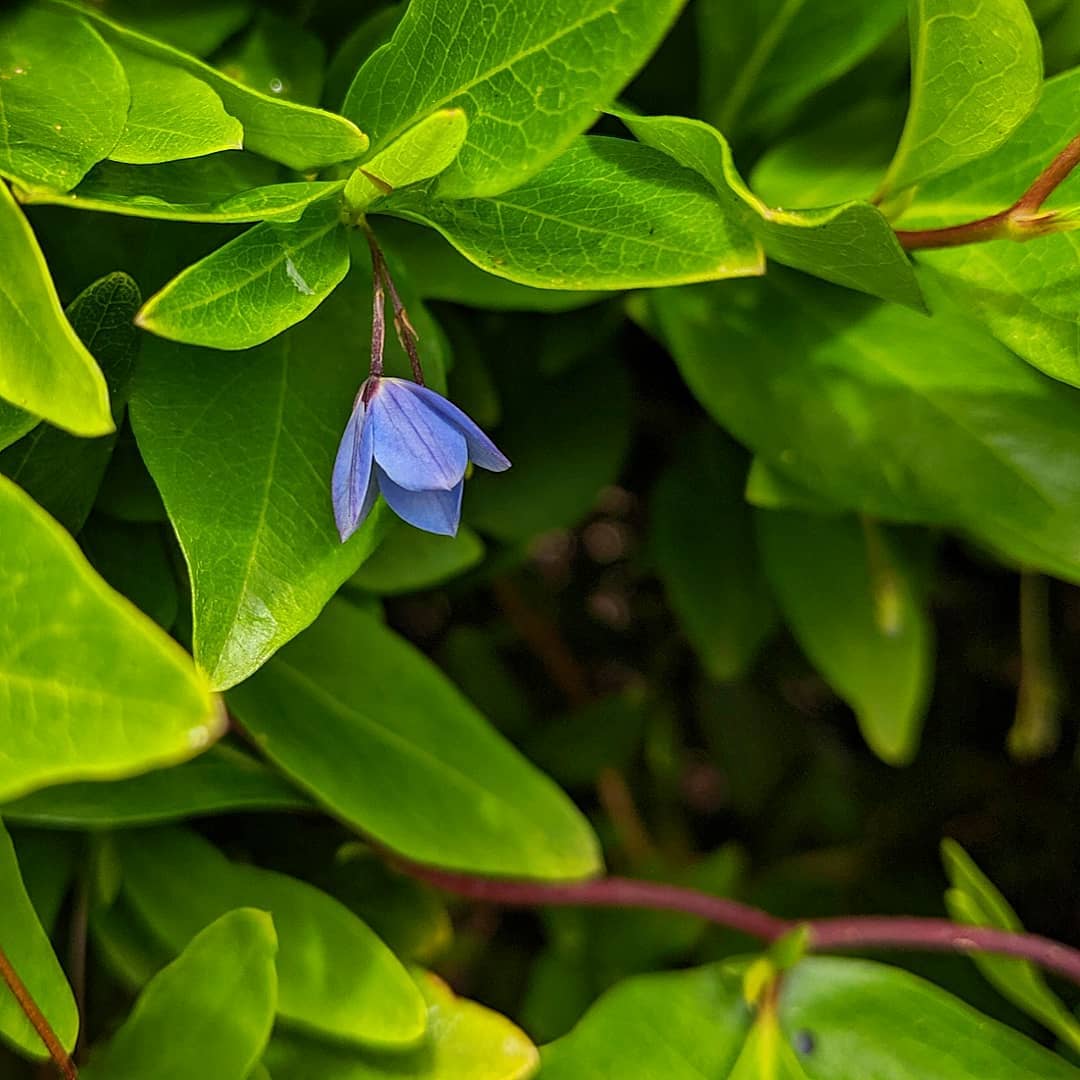
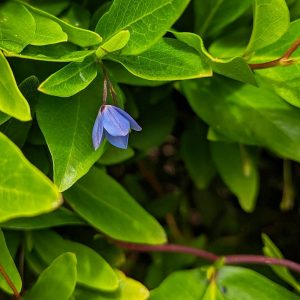
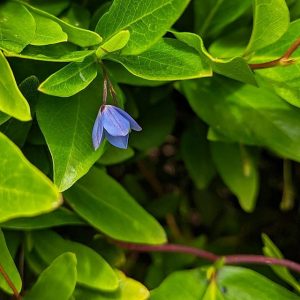
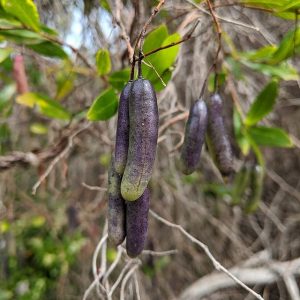
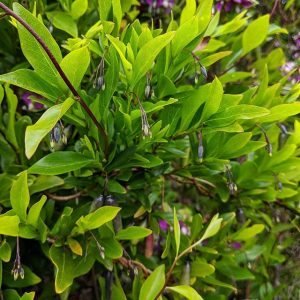
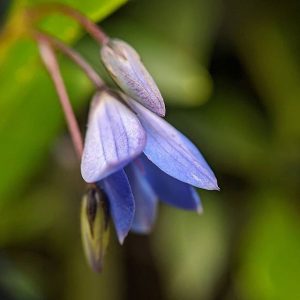
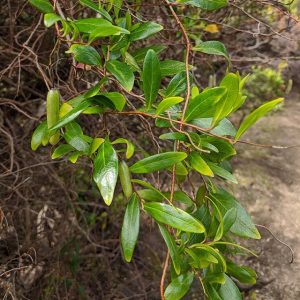
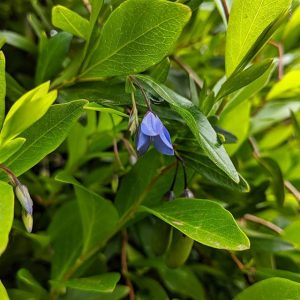
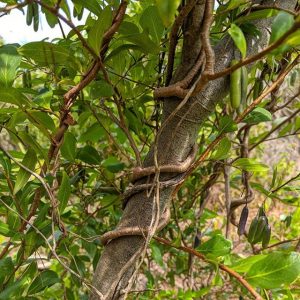
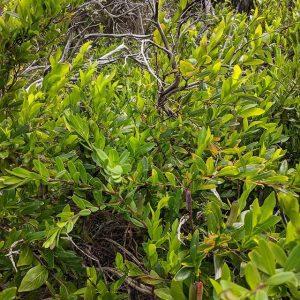
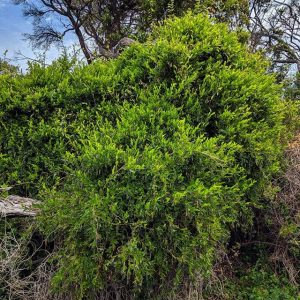
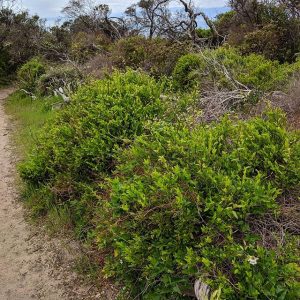
November 21, 2021 at 3:50 PM
Hello, we have discovered this plant on our property in bushland west of Manjimup. Should we keep or eradicate, advice please?
November 21, 2021 at 4:29 PM
Thanks for writing in. Prior to the European arrival, Bluebell Creeper was indigenous to coastal and perhaps some inland areas of WA, including heathlands, Eucalyptus woodlands and salt lakes.
The species is also a very successful coloniser of disturbed areas, and this can create problems as it expands into previously stable vegetation communities it wasn’t part of after a disturbance event or as a result of a change in conditions. If you are seeing it expanding onto your property, it is likely a symptom of other longer-term dynamics affecting the bushland in your area.
For advice on what to do about it, I would suggest you contact your local landcare or other conservation groups. The plant might be indigenous to your area, and a degree of dynamic/successional change in the bush may not be a bad thing, but we know that this is a plant that can aggressively overcome and replace other understorey/mid-storey vegetation where uncontrolled (and suppress long-term recruitment in the canopy) and this can impact on overall biodiversity and cause other negative outcomes.
Southern Forests Landcare in Manjimup may have the local knowledge about what Bluebell Creeper is doing in your area. WA Field Naturalists, Nature Conservancy or other state or local conservation groups may also be able to assist or to connect you with the right expertise.